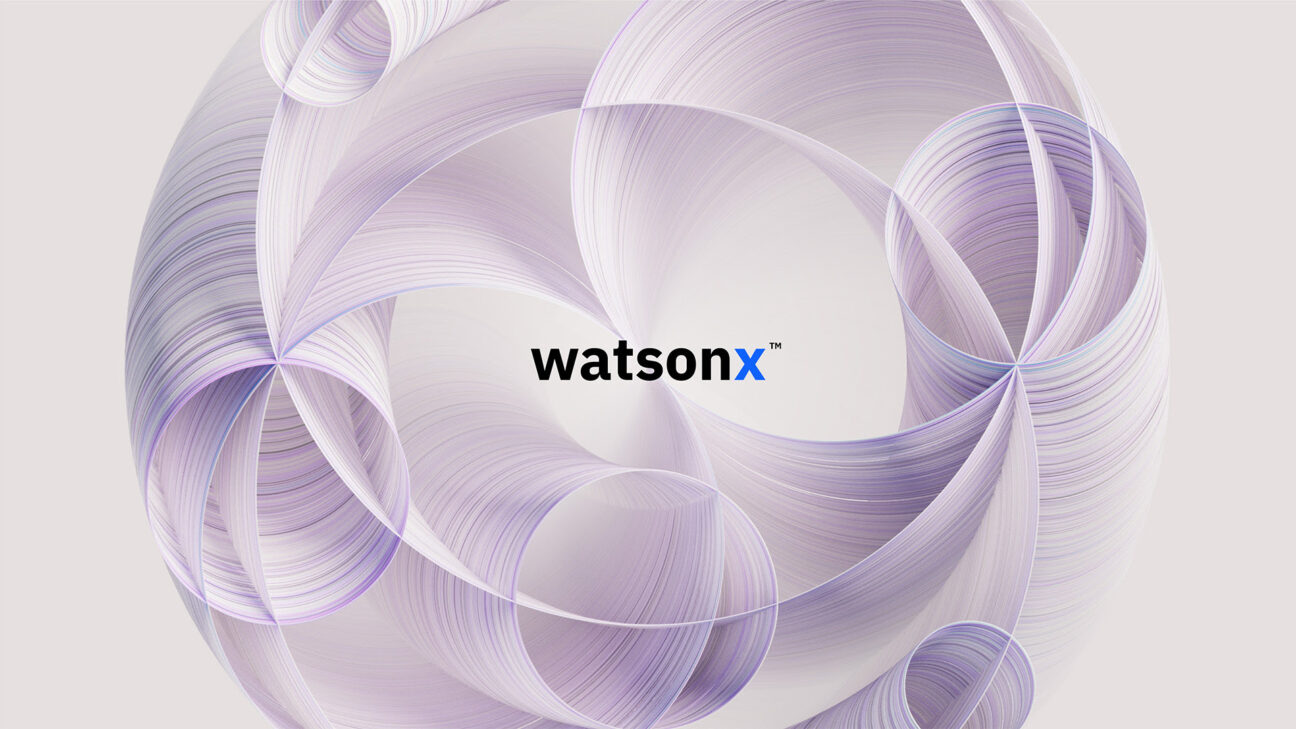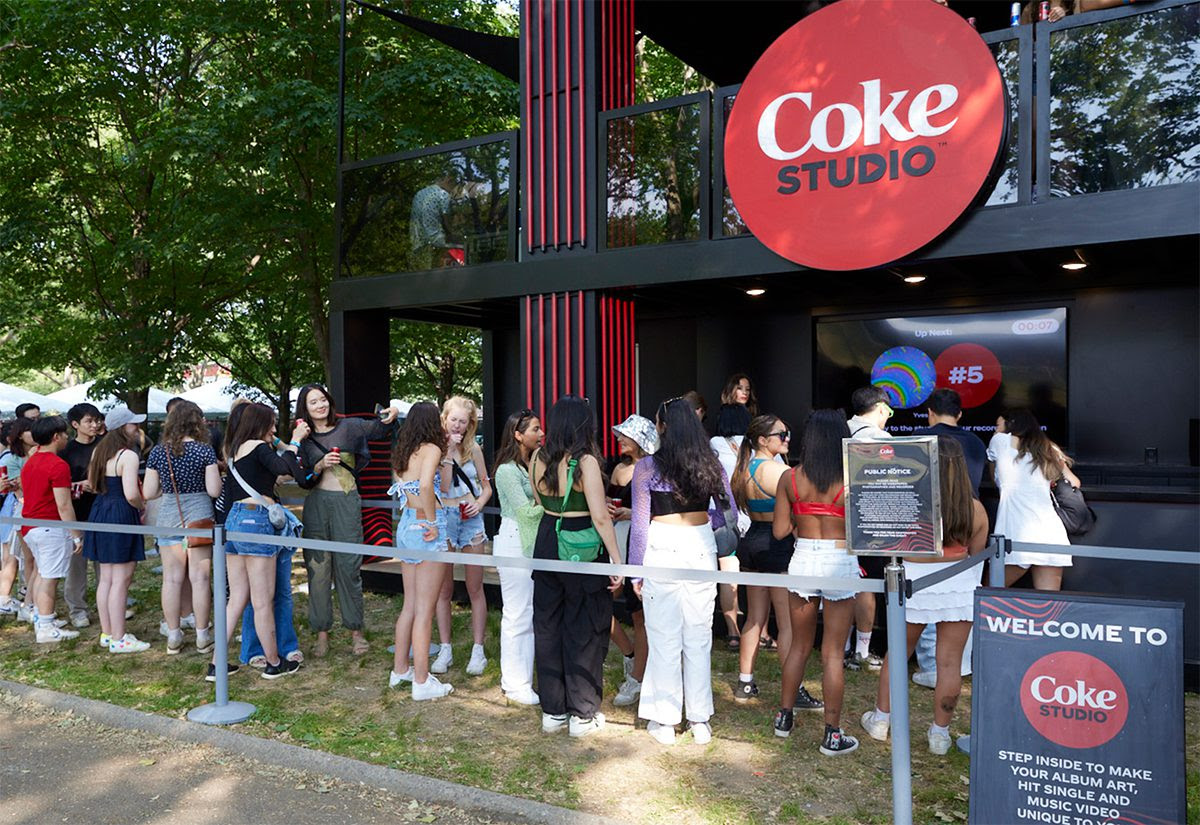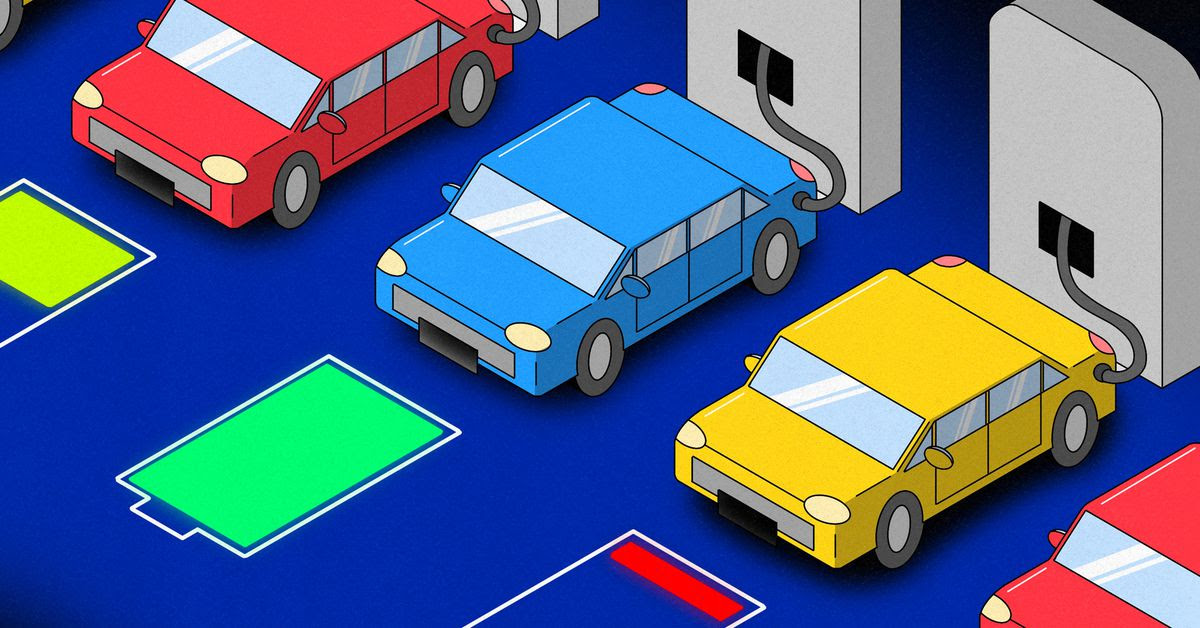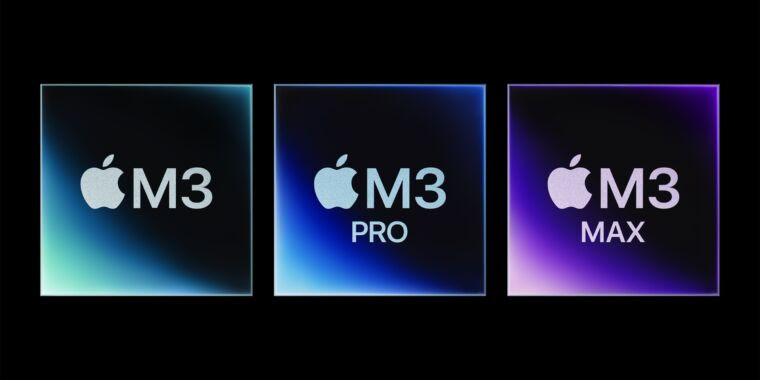Version 18.0

Written & Compiled by Macklin Andrick, GPJ Sr. Creative Technologist
GPJ’s Experience Technology practice is your trusted guide through the latest technological shifts and how they might benefit your next experience. Another week, another opportunity to explore some of the weird and wild things going on in the tech world!
In the midst of our AI tech-driven renaissance, President Biden’s working to ensure our AI pals have good manners, while IBM’s Watson, not to be outdone, is flaunting its new code-generating magic. Meanwhile, NBA and NHL fans can soon enjoy their favorite games in immersive domes, because why just watch when you can be virtually dunked on?

Biden Passes Executive Order for Trustworthy AI Development
President Joe Biden’s Executive Order, signed on October 30, 2023, marks a significant move to enhance the United States’ position in the artificial intelligence arena while addressing critical aspects of safety, security, equity, and privacy. The directive establishes new standards for AI safety and security and promotes the protection of American’s privacy and civil rights. It emphasizes the need for responsible AI development and usage, requiring AI systems developers to provide safety test results to the government to ensure the trustworthiness of AI systems prior to public release. NIST will establish standards for rigorous red-team testing, and the creation of the AI Safety and Security Board will further bolster these efforts.
IBM Launches watsonx Code Assistant
IBM launched watsonx Code Assistant, a generative AI-powered assistant that helps enterprise developers and IT operators code more quickly and more accurately using natural language prompts. The product currently delivers on two specific enterprise use cases. First, IT Automation with watsonx Code Assistant for Red Hat Ansible Lightspeed, for tasks such as network configuration and code deployment. Second, mainframe application modernization with watsonx Code Assistant for Z, for translation of COBOL to Java on IBM Z.


NBA, NHL game broadcasts coming soon to immersive domes
Warner Bros. and Cosm are collaborating to offer immersive “shared reality” experiences for audiences, aiming to provide a viewing experience where people can watch NBA and NHL broadcasts in large dome venues. These domes will be equipped with 360-degree screens, designed to simulate the experience of being at the game in person. Cosm has plans to launch two of these venues, one being a 65,000-square-foot facility in Los Angeles and the other a 70,000-square-foot structure in Dallas. Each dome will have a capacity to host around 800 people, but the entire venue, including spaces outside the main dome, can accommodate about 2,000 individuals. These facilities will feature 87-foot diameter 8K LED screens, allowing the audience to have a 360-degree view without the need for any headsets or glasses. Furthermore, Warner Bros.-owned TNT will permit Cosm to showcase select broadcasts of its NBA and NHL games, includingthe NBA’s Eastern or Western Conference Finals and the Stanley Cup playoffs.
The Coke AI Studio is Blazing a Trail for Personalized Engagement
Coca-Cola ventured into the realm of Generative AI with the introduction of the Coke AI Studio, an expansion of its Coke Studio global music initiative. This AI-infused festival experience offers attendees a unique opportunity to create a personalized 35-second music video. Attendees engage with a two-level festival setup, input their preferences, and are then given a unique “Real Stars” identity, inclusive of band name, debut track and album art. Post registration, participants are alerted via their phones when it’s their turn to perform in front of a green screen. This performance is enhanced with AI-generated animations and effects. Once recorded, the video is made available to users through email or a QR code scan. The entire system utilizes AI video generation, ChatGPT and real-time gaming engines to offer distinct outputs based on common prompts. Although this tech innovation is promising, it also necessitates careful monitoring for copyright issues. Coca-Cola continues to experiment with AI, introducing other initiatives like AI art contests and AI-generated QR codes connected to music videos. The company aims to provide genuine, value-driven experiences to consumers using AI.


The EV transition trips over its own cord
Electric vehicle sales in the U.S. are poised to constitute 9% of all car sales by the end of the year, marking a 50% increase year-over-year. Globally, 14 million EVs are projected to be sold this year, with China leading in mass-market adoption. Despite these optimistic numbers, the industry faces challenges such as production delays, infrastructure concerns and the balance between early adopters and mainstream consumers. With early adopters largely onboarded, attracting the broader market remains a challenge, especially given the lifestyle changes associated with EV ownership. Some automakers are adjusting their ambitious plans due to various factors, and concerns about the supply chain and battery production are evident. Furthermore, the political polarization surrounding EVs in the U.S. complicates matters, with a significant correlation observed between political ideology and EV adoption. Lastly, the cost of EVs remains a barrier for many potential buyers, making them seemingly exclusive to wealthier demographics.
Apple introduces new M3 chip lineup, starting with the M3, M3 Pro, and M3 Max
Apple has unveiled its next-generation M3-series chips at the “Scary Fast” product event. While the exterior design of the Macs remains consistent with previous models, the internal upgrades are substantial. The new lineup includes the M3, M3 Pro and M3 Max chips, which are all built on a 3nm process by Taiwan Semiconductor (TSMC) and share the same foundational CPU and GPU architectures as the iPhone 15 Pro’s A17 Pro chip. Apple claims that the M3’s performance cores are up to 30% faster than those in the M1, and its efficiency cores can be up to 50% quicker. The M3 GPU introduces hardware-accelerated ray-tracing support and other notable features like “Dynamic Caching” and mesh shading. Additionally, the M3 series can decode AV1 video streams with hardware acceleration.

More Cool Stuff We Found
- There was a heavy dose of the future at the 2023 Japan Mobility Show
- The Tech Playground
- Google is officially trying to make .ing domains a th.ing
- New laser enabled 3D-printing method makes steel more affordable
- Internet Artifacts
- Uber begins offering rides in self-driving Waymo cars
- Sergey Brin’s Pathfinder 1 can now take to the skies
- Sustainable Horizons – A completely AI-generated experience
Missed a previous Creative Tech Byte? Find all previous versions here